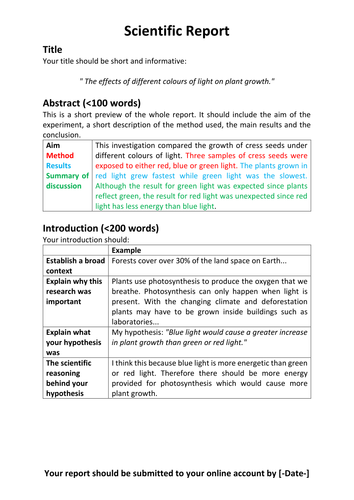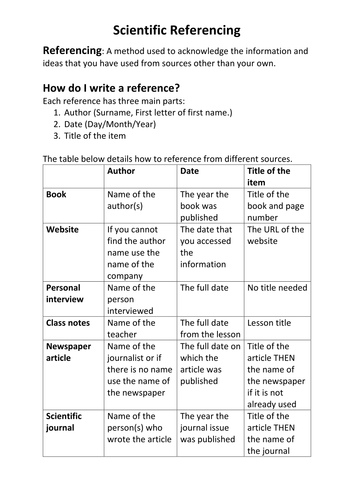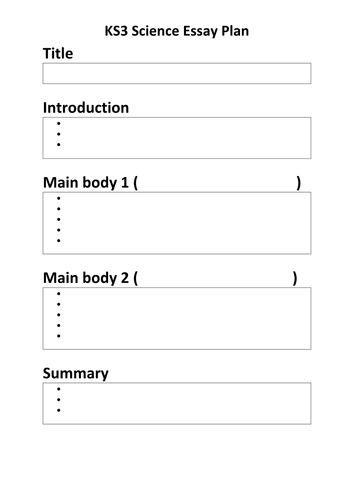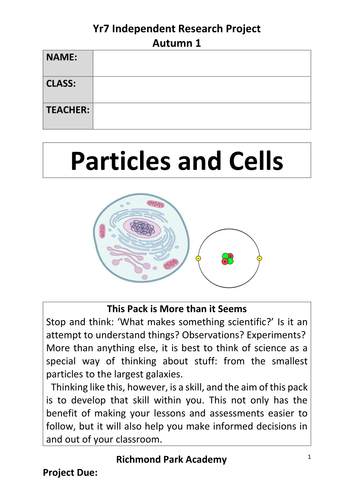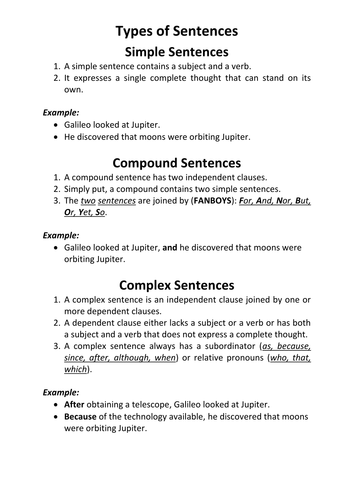243Uploads
121k+Views
56k+Downloads
Physics

P5.2 Cables
AQA GCSE Sciences (9-1)
Physics: P5 Electricity at home
Lesson 2: P5.2 Cables
Based on the Kerboodle Resources
The AQA Kerboodle worksheet are not included so as to be acting within the TES code of conduct.

P1.8 Electrical appliances
AQA GCSE Sciences (9-1)
Physics: P1 Conservation and dissipation of energy
Lesson 8: P1.8 Electrical appliances
Based on the Kerboodle Resources
The AQA Kerboodle worksheet are not included so as to be acting within the TES code of conduct.

P8.7 Moments and equilibrium
AQA GCSE Sciences (9-1)
Physics: P8 Forces in balance
Lesson 7: P8.7 Moments and equilibrium
Based on the Kerboodle Resources
The AQA Kerboodle worksheet are not included so as to be acting within the TES code of conduct.

P8.8 The parallelogram of forces
AQA GCSE Sciences (9-1)
Physics: P8 Forces in balance
Lesson 8: P8.8 The parallelogram of forces
Based on the Kerboodle Resources
The AQA Kerboodle worksheet are not included so as to be acting within the TES code of conduct.

P10.8 Forces and elasticity
AQA GCSE Sciences (9-1)
Physics: P10 Force and motion
Lesson 8: P10.8 Forces and elasticity
Based on the Kerboodle Resources
The AQA Kerboodle worksheet are not included so as to be acting within the TES code of conduct.
Keywords:
Deform, Stretch, Extension, Tension, Elastic limit, Hooke’s Law,

P12.1 The nature of waves
AQA GCSE Sciences (9-1)
Physics: P12 Wave properties
Lesson 1: P12.1 The nature of waves
Based on the Kerboodle Resources
The AQA Kerboodle worksheet are not included so as to be acting within the TES code of conduct.
Keywords:
Amplitude, Frequency, Longitudinal, Wavelength, Transverse

P12.2 The properties of waves
AQA GCSE Sciences (9-1)
Physics: P12 Wave properties
Lesson 2: P12.2 The properties of waves
Based on the Kerboodle Resources
The AQA Kerboodle worksheet are not included so as to be acting within the TES code of conduct.
Keywords:
Wave speed
Period

P12.3 Reflection and refraction
AQA GCSE Sciences (9-1)
Physics: P12 Wave properties
Lesson 3: P12.3 Reflection and refraction
Based on the Kerboodle Resources
The AQA Kerboodle worksheet are not included so as to be acting within the TES code of conduct.
Keywords:
Reflection, Refraction

P3.1 Energy Demands
AQA GCSE Sciences (9-1)
Physics: P3 Energy Resources
Lesson 1: P3.1 Energy Demands
Based on the Kerboodle Resources
The AQA Kerboodle worksheet are not included so as to be acting within the TES code of conduct.

P1.1 Changes in energy stores
AQA GCSE Sciences (9-1)
Physics: P1 Conservation and dissipation of energy
Lesson 1: P1.1 Changes in energy stores
Based on the Kerboodle Resources
The AQA Kerboodle worksheet are not included so as to be acting within the TES code of conduct.

P10.3 Forces and braking
AQA GCSE Sciences (9-1)
Physics: P10 Force and motion
Lesson 3: P10.3 Forces and braking
Based on the Kerboodle Resources
The AQA Kerboodle worksheet are not included so as to be acting within the TES code of conduct.
Keywords: Stopping distance, Thinking distance, Braking distance

P5.1 Alternating current
AQA GCSE Sciences (9-1)
Physics: P5 Electricity at home
Lesson 1: P5.1 Alternating current
Based on the Kerboodle Resources
The AQA Kerboodle worksheet are not included so as to be acting within the TES code of conduct.

P2.1 Energy transfer by conduction
AQA GCSE Sciences (9-1)
Physics: P2 Energy transfer by heating
Lesson 1: P2.1 Energy transfer by conduction
Based on the Kerboodle Resources
The AQA Kerboodle worksheet are not included so as to be acting within the TES code of conduct.

P13.4 UV, X-rays, Gamma rays
AQA GCSE Sciences (9-1)
Physics: P13 Electromagnetic waves
Lesson 4: P13.4 UV, X-rays, Gamma rays
Based on the Kerboodle Resources
The AQA Kerboodle worksheet are not included so as to be acting within the TES code of conduct.
Keywords:
Ionisation

Scientific Report
Models how students should write out a scientific report:
*) Abstract
*) Introduction
*) Method
*) Results
*) Discussion

Scientific Referencing
This is probably most appropriate for A-Level and GCSE students but I have been pushing my top KS3 students to get used to this way of writing.
Shows how to reference: books, videos, websites etc..

KS3 Scientific Essay Plan
I found that a lot of my KS3 were simply copying and pasting information for homework.
This was designed to get them to have to think critically about the information they are including.
Ideally, they follow the plan and you give feedback which they use along with the plan to write the actual essay.

Year 7 Homework Booklet (Particles and Cells)
This booklet was created to ensure consistency, and to develop scientific thinking skills. We have so much content to cover in lessons so this is a home resource which is designed to override homework. These activities include stop-motion activities, building 3D models and also scientific methods. Students should spend 6-8 hours in total on this booklet - a timetable is also incorporated in the booklet so that students can plan out which activities to attempt throughout the weeks before the due date.
As mentioned in the title, the two content units are Particles and Cells but at the end, there is also a scientific skills section which walks students through the scientific method. They will end up creating their own scientific questions, plan an investigation and write it out.
This booklet is 26 pages long but saves a lot of space by linking youtube videos where students will gain the necessary knowledge needed to complete the various sections (we all know students don't like reading a lot of information).
Also incorporated are GCSE questions that link to the KS3 content.
I hope you find this resource useful - Lagoondry

Science literacy - Sentence types + examples
A worksheet to be stuck in pupils books or tables. Ideal for extended writing tasks.

KS3 Science Yr7 Physics Student response sheets
A collection of student feedback sheets based on exam style questions.
Best used when you have identified an area of weakness.
This should help make marking meaningful.
Topics include Forces, Sound, Light, Space















